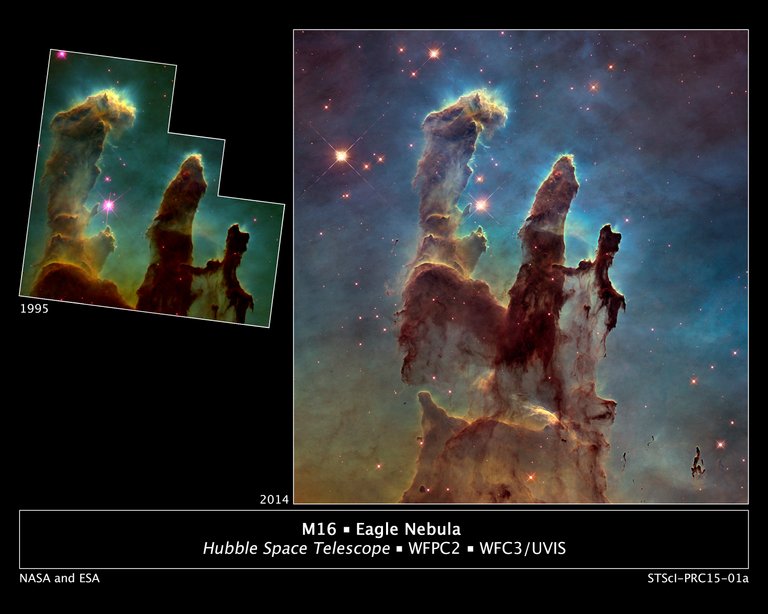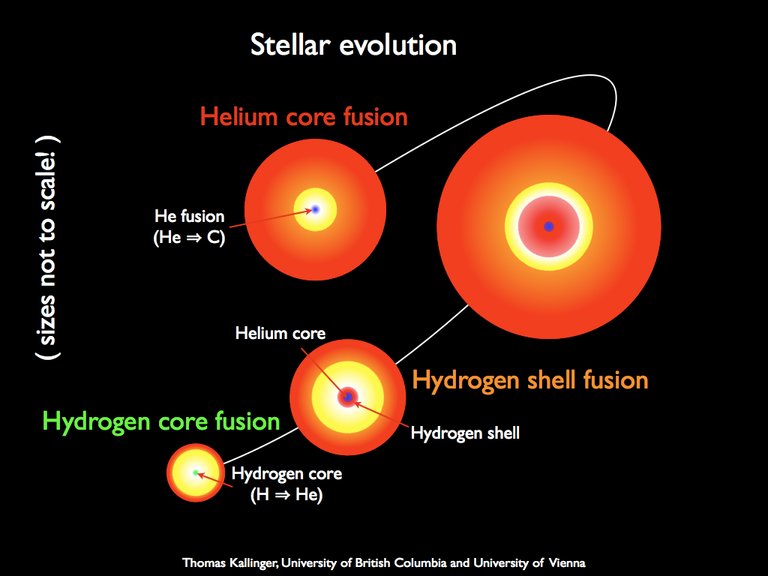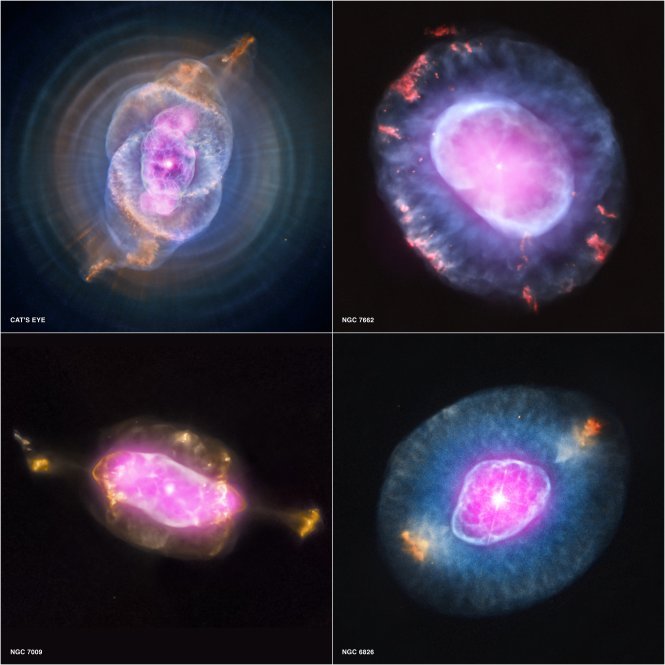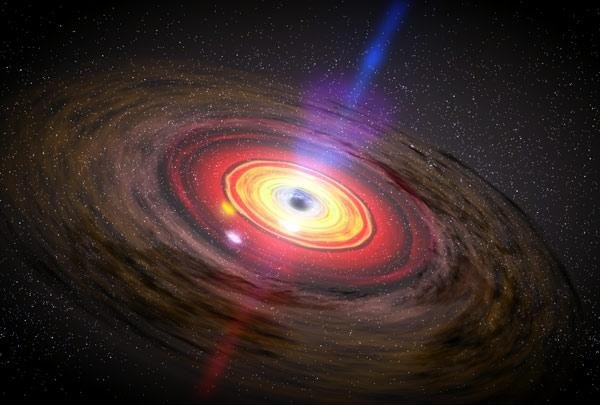Stars are some of the oldest and most interesting things in the universe. They make the elements that you and I are made of today and give the energy needed for life to flourish.

The beginning
A star starts off its life as gas floating about in the space. Some of this gas begins to condense into patches of more gas than others. The gravity of all the combined gas pulls more in until it hits a critical point. When enough gas is in one place at high enough densities nuclear fusion will begin to occur due to the heat generated. Nuclear fusion is what powers a start and keep it going.

More on fusion
Nuclear fusion is what happens when elements combine. When the gas in a star becomes plasma and begins to fuse, the hydrogen inside of it will then combine to create helium, and the helium to lithium and so on. During the fusion process, vast amounts of energy are released further heating the star and making it shine.

The middle
Once a star is born it can live a short life or a very long life. It is dependent on how quickly the star fusses its atoms together. Generally larger stars live longer than smaller ones because they exhaust their resources too quickly. A star such as the sun has an expected life span of about 13 billion years. In that time the star will continue to fuse its elements and march on.
The end
The end of a stars life is perhaps one of the most incredible things in the universe. Towards the end of its life the star will begin to fuse elements so heavy that they cannot fuse and maintain the structure of the star. At the moment that the star starts to fuse helium, it creates so much energy that the outer layers of the star actually begin to expand growing outward. This period is called the red giant or red super-giant phase depending on the mass of the star.

Red giant phase
As for the red giant phase the next step is when the outer layers of the star go outward the force of gravity felt on them gets weaker and weaker. Eventually this leads to the outer layers to literally drift away from it. At this point the cloud created is called a planetary nebula.

The remains of the star after the planetary nebula phase is called a white dwarf. The white dwarf can be as much as half the mass of the original sun but also be the size of the earth. Over time though the white dwarf will cool and become a black dwarf.
Red super-giant phase
A star that is much more massive than the sun will be able to fuse heavier elements than normal stars. Their outer shells too expand with the fusion of heavier elements some growing thousands and thousands of times the size of our sun.
When the super giant stars begin to fuse iron the energy produced by the fusion of the star stops as the iron settles to the core. This lack of energy causes the star to collapse in on itself due to its own massive weight. Right before it collapse to much though the star bounces back in a sudden expansion that in moments explodes, shooting mater into space. This is called a super nova and when it happens it can outshine the entire rest of the galaxy that may have hundreds of millions and billions of starts in it.

After the super nova, the only thing left is one of two things a neutron star, or a black hole. A neutron star can have greater mass than our sun but be less than 20 km wide. A black hole is when the gravity cased at the end of the stars life is so incredibly massive that it collapses onto a single point. This point has gravity so immense that not even light can escape, hence the name.


Sources:
www.jpl.nasa.gov/images/galex/galex-20070620-browse.jpg
www.nasa.gov/sites/default/files/p1501ay.jpg
genesismission.jpl.nasa.gov/science/module1/3.gif
www.nasa.gov/sites/default/files/images/532335main_slide3.jpg
www.nasa.gov/images/content/695122main_h-653-4panB_665.jpg
www.nasa.gov/sites/default/files/images/117227main_image_feature_342_ys_full.jpg
www.nasa.gov/sites/default/files/images/751988main_magnetar_art_large.jpg
www.nasa.gov/images/content/467382main_dn12679-1_600.jpg
www.astro.keele.ac.uk/workx/starlife/StarpageS_26M.html
You didn't mention black holes! I have a hypothesis that these are actually the early phases of super-giant stars - indeed, that planetoids can form the original nucleus of stars also, if they are thrown out of solar systems and end up in gas clouds. Once they aggregate sufficient mass of higher energy, lighter particles around them (both types), they then can commence the nuclear fusion.
Another element I have yet to fully integrate, but is nevertheless I think important, is that all stars are spinning. Since we are also spinning along with them, it might be hard to point at a concrete rotational velocity, although we know certainly how heavy it all is. I believe that centrifugal motion effects act to 'chromatograph' the particles inside a star, such that the lightest and most energetic (electrons, photons) are thrown out first, and then steadily heavier ones are thrown out as the density increases both from fusion and from the emission of lighter matter. This explains in part the slow process of colour change, that can reveal the age of a star, not just the 'explosion' and heat effect, but also inertial effects. I think that this 'chromatographic' process is important to understand and is also partly where my previous paragraph's ideas originate.
Love it!
It's crazy to think of how the stars maintain their place through us..